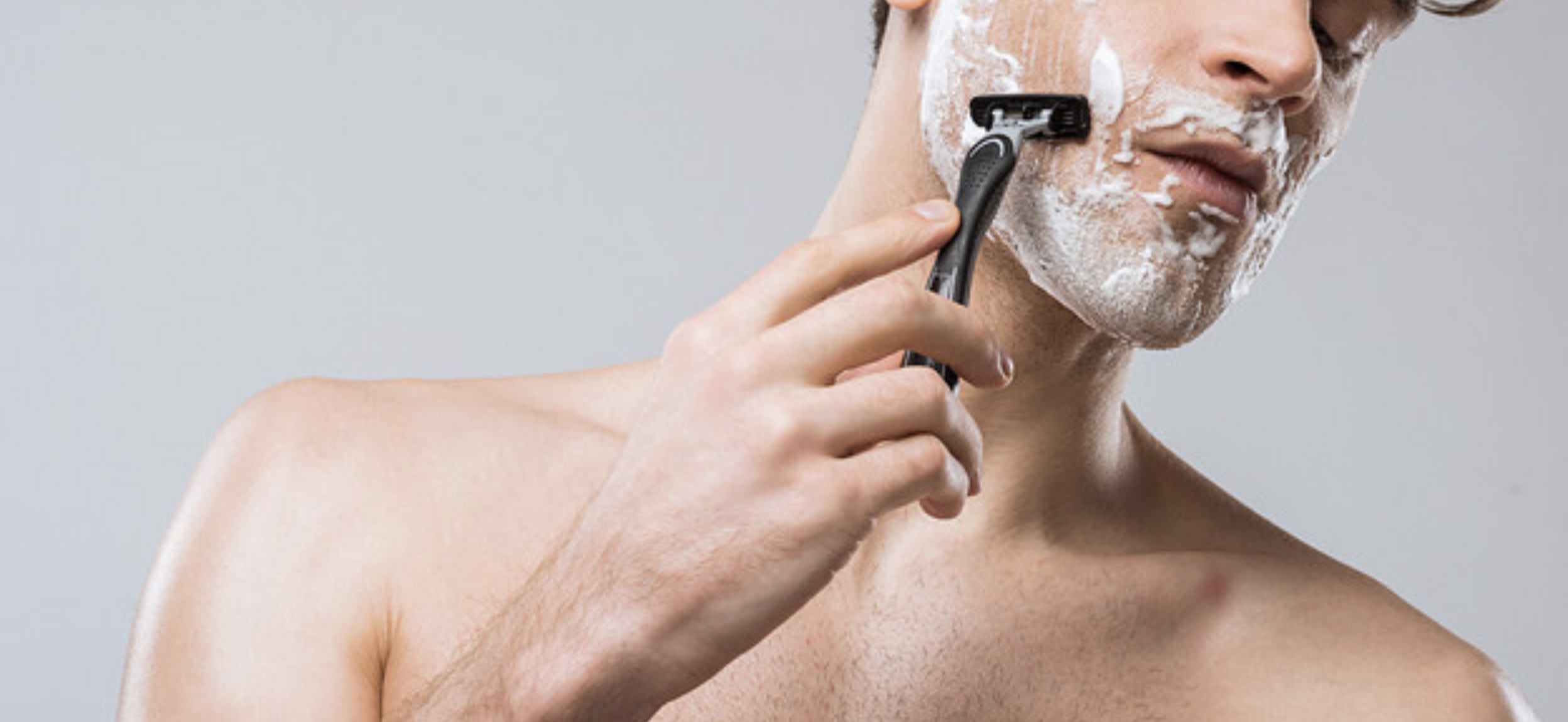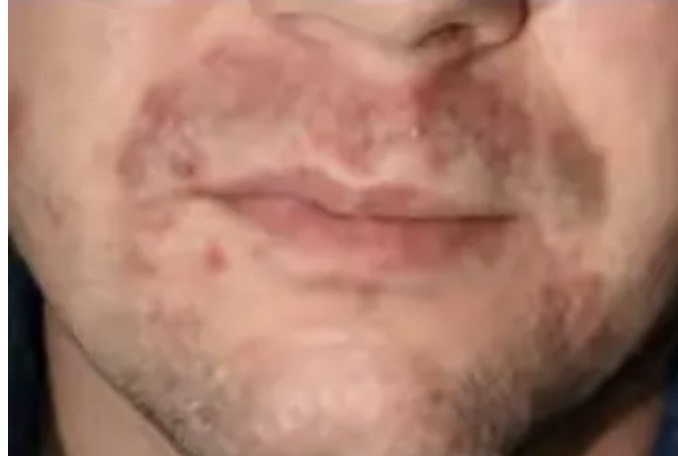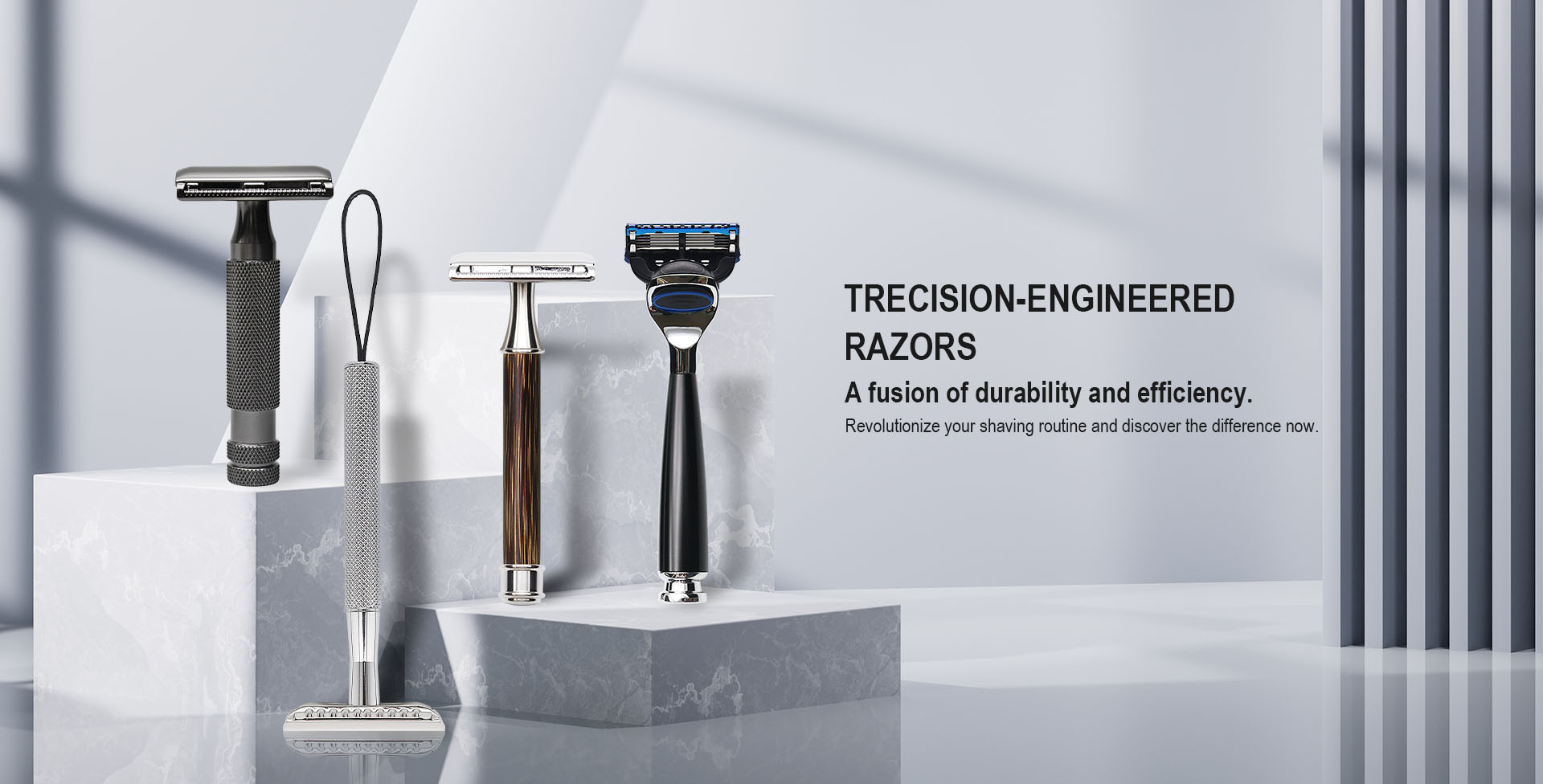The act of shaving, a routine grooming practice for many, involves more than just the removal of unwanted facial or body hair—it is a complex interaction between the razor and the skin that merits scientific exploration. The science of shaving delves into understanding how different shaving tools affect the skin's integrity, health, and overall appearance. This introduction aims to shed light on the intricate dynamics at play when the blade meets the skin, exploring the mechanisms of various types of razors, from traditional straight razors to modern electric shavers, and their impact on the skin's surface. It also seeks to uncover the physiological responses triggered by shaving, including irritation, microabrasions, and their implications for skin health. By examining these aspects, we can better comprehend the art and science behind shaving, leading to improved practices that enhance skin health and grooming outcomes.
Shaving razors, an essential tool in the grooming kit of many, come in various forms, each with unique interactions with the skin. The primary types include manual razors, electric shavers, and safety razors, all designed with specific features to cater to different shaving preferences and skin sensitivities.
Manual razors are the most traditional form, offering a close shave by allowing the blade to come directly in contact with the skin. This direct contact ensures a precise cut of the hair close to the skin's surface but also poses a higher risk of cuts, nicks, and irritation, especially on sensitive or uneven skin areas. The skill level of the user significantly influences the outcome, with a steady hand and experience reducing potential skin damage.

Electric shavers, on the other hand, are designed for convenience and speed, with blades that do not directly touch the skin. They reduce the risk of cuts and allow for dry shaving, making them suitable for those with a fast-paced lifestyle or more sensitive skin. However, the trade-off is that they might not provide as close of a shave as manual razors. The rotary and foil variants of electric shavers offer different experiences: rotary shavers are better for longer hair and contouring to the face, while foil shavers provide a closer shave with less irritation on sensitive skin.
Safety razors strike a balance between the closeness of a manual shave and the reduced risk of skin damage. With a protective barrier between the blade and the skin, they minimize cuts while still allowing for a close shave. They require less pressure than traditional manual razors, reducing the risk of irritation and ingrown hairs.
The material of the razor blades, ranging from stainless steel to ceramic, also plays a crucial role in the shaving experience and its impact on the skin. Stainless steel blades are common for their sharpness and durability, providing a smooth cut but requiring regular replacement to maintain efficiency and minimize skin irritation. Ceramic blades, though less common, offer the advantage of being naturally antibacterial and less prone to causing allergic reactions, making them a favorable option for sensitive skin. However, they may not be as sharp as their stainless steel counterparts and can be more expensive.
Each razor type and blade material presents a trade-off between cutting efficiency, friction, and potential skin damage. The choice of razor should be informed by individual skin type, hair texture, and personal preference to ensure the best possible shaving experience with minimal adverse effects on the skin.
The technique employed during shaving can significantly influence skin health, minimizing potential damage and enhancing the overall shaving experience. Mastery of correct shaving practices—such as direction of shave, skin stretching, and appropriate preparation and aftercare—plays a vital role in reducing skin irritation, cuts, and ingrown hairs.
Shaving Direction: Shaving in the direction of hair growth ("with the grain") is crucial for minimizing irritation and the risk of razor bumps. While shaving against the grain can seemingly provide a closer shave, it increases the chances of hair follicle disruption and ingrown hairs, leading to redness and irritation. For sensitive skin, it's particularly important to adhere to this guideline to avoid unnecessary stress on the skin.
Skin Stretching: Lightly stretching the skin taut can facilitate a smoother shave by providing a flat surface for the razor to glide over. However, excessive stretching can lead to micro-abrasions and increase the likelihood of post-shave irritation. It's a delicate balance that requires a gentle touch to ensure the skin is not overly stressed.
Shaving Frequency and Timing: The frequency of shaving and the time of day can also impact skin health. Daily shaving can strip the skin of its natural oils, leading to dryness and sensitivity. Allowing time between shaves can help the skin recover. Moreover, shaving in the morning may benefit from the skin's natural swelling during sleep, potentially reducing the risk of nicks and cuts. Conversely, evening shaves might benefit from the skin being more relaxed and pores more open, especially after a warm shower, facilitating a smoother shave.

Pre- and Post-Shave Products: The use of pre-shave products like shaving foam, cream, or gel is essential for creating a protective barrier between the blade and the skin. These products help to moisturize the skin, lift hair follicles, and reduce friction, leading to a smoother shave with less irritation. Lubricants that contain aloe or glycerin can particularly offer soothing properties, reducing the potential for razor burn. After shaving, applying a moisturizer or an aftershave product with hydrating and healing ingredients (such as witch hazel, tea tree oil, or chamomile) can help to soothe the skin, close pores, and restore moisture lost during the shaving process.
Incorporating these techniques and considerations into a shaving routine can significantly mitigate adverse effects on the skin, promoting a healthier complexion and a more pleasant shaving experience
Shaving, while a routine part of grooming for many, can sometimes lead to a variety of skin issues such as razor burn, cuts, ingrown hairs, and dryness. Understanding the causes behind these problems is crucial for prevention and ensuring a healthier skin condition post-shave.
Razor Burn: This common irritation occurs when the skin is aggressively shaved, the razor is dull, or when the skin is not adequately lubricated during the shave. The friction and over-exfoliation can lead to redness, burning, and itching. Sensitive skin types are particularly prone to razor burn, emphasizing the need for gentle shaving creams and techniques.
Cuts and Scrapes: Using a blunt razor or applying too much pressure can easily result in nicks and cuts. These injuries not only cause immediate discomfort but also pose a risk for infection and scarring. Proper technique and the use of sharp, clean blades are essential to minimize this risk.
Ingrown Hairs: Ingrown hairs, or "razor bumps," occur when hair curls back into the skin instead of rising out from it. This condition is more common in individuals with curly or coarse hair. Shaving too closely, particularly against the grain, exacerbates this problem by creating sharp-tipped hairs that can easily pierce the skin. Using a single-blade razor and shaving with the grain can help reduce the occurrence of ingrown hairs.
Dryness: The act of shaving can strip the skin of its natural oils, leading to dryness and flakiness. This is especially a problem when alcohol-based aftershaves or harsh cleansers are used post-shave. Hydrating the skin with a moisturizer suited to one's skin type is crucial in restoring the skin's moisture barrier.
Challenges for Sensitive Skin: Individuals with sensitive skin may experience exacerbated symptoms of the aforementioned issues. The key to mitigating these effects lies in choosing the right shaving tools and products. Razors designed for sensitive skin, which often feature more blades and built-in lubrication, can significantly reduce irritation. Additionally, using hypoallergenic shaving creams and aftershave products can help calm and protect sensitive skin.
To address these skin concerns effectively, it's essential to select shaving tools and techniques that align with one's skin type and hair texture. Prioritizing skin health by choosing the right products, practicing proper shaving techniques, and caring for the skin before and after shaving can drastically reduce the occurrence of these common shaving problems. For those with sensitive skin, investing in quality shaving products and taking extra precautions is not just beneficial but necessary for maintaining skin health and comfort.
Optimizing Your Shave: High-Quality Tools and Techniques for Every Skin Type
Given the comprehensive discussion on the science of shaving, including the importance of selecting appropriate shaving tools and techniques to minimize skin irritation and improve overall skin health, it's clear that having the right products is essential for an optimal shaving experience. This is where our company steps in, with our flagship website shaving-brush.com, offering a curated selection of high-quality shaving products designed to cater to the needs of every individual, regardless of their skin type or shaving preferences.
Our product range includes a variety of shaving brushes, razors, creams, and aftershave treatments, each carefully selected to ensure the highest quality and performance. Our shaving brushes, made from the finest materials, are designed to create the perfect lather, lifting hair and gently exfoliating the skin for a closer, smoother shave. Our razors, from safety to straight styles, are crafted to provide precision and comfort, reducing the risk of cuts, nicks, and irritation. We also offer a selection of shaving creams and gels formulated for sensitive skin, providing a protective barrier and enhancing the glide of the razor for a soothing shaving experience. Lastly, our aftershave products are chosen for their healing and moisturizing properties, perfect for calming the skin post-shave.

Understanding the challenges faced by individuals with sensitive skin, our company has taken special care to include products specifically designed to address these concerns. Hypoallergenic, free from harsh chemicals, and enriched with natural soothing agents, our products aim to reduce the potential for irritation, ensuring a comfortable and enjoyable shaving experience.
At shaving-brush.com, we believe in the importance of quality and care in the shaving routine. Our mission is to provide our customers with the tools and products that not only meet their shaving needs but also enhance the health and appearance of their skin. Whether you're new to shaving or looking to elevate your grooming routine, our comprehensive selection, backed by expert advice and customer support, ensures that you find the perfect products to suit your preferences and skin type.
Preventing shaving-related skin problems and treating them effectively when they occur are crucial steps in maintaining skin health and ensuring a comfortable shaving experience. By adopting appropriate preventative measures and employing targeted treatment strategies, individuals can significantly reduce the incidence of razor burn, cuts, ingrown hairs, and dryness.
Preventative Measures:
Use the Right Tools: Opt for a razor that suits your skin type and hair texture. A sharp, clean blade is essential to prevent cuts and minimize irritation. For those with sensitive skin, razors with built-in lubrication strips can be particularly beneficial.
Prep Your Skin: Hydrating the skin with warm water before shaving can help soften the hair and open up the pores, making it easier to cut the hair without causing irritation. Using a gentle exfoliator can also remove dead skin cells, reducing the risk of ingrown hairs.
Apply a Protective Barrier: Shaving creams, gels, or foams can provide a protective layer between the blade and your skin, reducing friction and preventing cuts. Choose products with moisturizing ingredients to keep the skin hydrated.
Shave with Care: Shave in the direction of hair growth to avoid irritation and cuts. Avoid going over the same area multiple times to reduce the risk of razor burn and skin irritation.
Aftercare: Rinse your skin with cool water after shaving to close the pores. Apply a soothing aftershave lotion or balm to moisturize the skin, reduce inflammation, and prevent infection in any nicks or cuts.
Treatment Methods:
Soothe Razor Burn: Apply a cool compress to the affected area to reduce redness and swelling. Aloe vera gel or a lotion containing witch hazel can soothe the skin and alleviate discomfort.
Treat Cuts: Clean any nicks or cuts immediately with warm water and apply an antiseptic to prevent infection. A small dab of petroleum jelly can help to seal the wound and promote healing.
Address Ingrown Hairs: Avoid shaving the affected area until the ingrown hair has been resolved. Applying a warm compress can help to soften the skin and draw out the ingrown hair. Exfoliating gently with a scrub or a product containing salicylic acid can also help to release the trapped hair.
Combat Dryness: Regularly moisturize the skin with a hydrating lotion or cream to restore the skin's natural moisture barrier. Products containing hyaluronic acid, glycerin, or ceramides are particularly effective in retaining skin moisture.
By integrating these preventative measures and treatment methods into your shaving routine, you can achieve a smoother shave while minimizing the adverse effects on your skin. Proper care before, during, and after shaving not only enhances the shaving experience but also promotes healthier, more resilient skin.
By continuing to use the site you agree to our privacy policy Terms and Conditions.